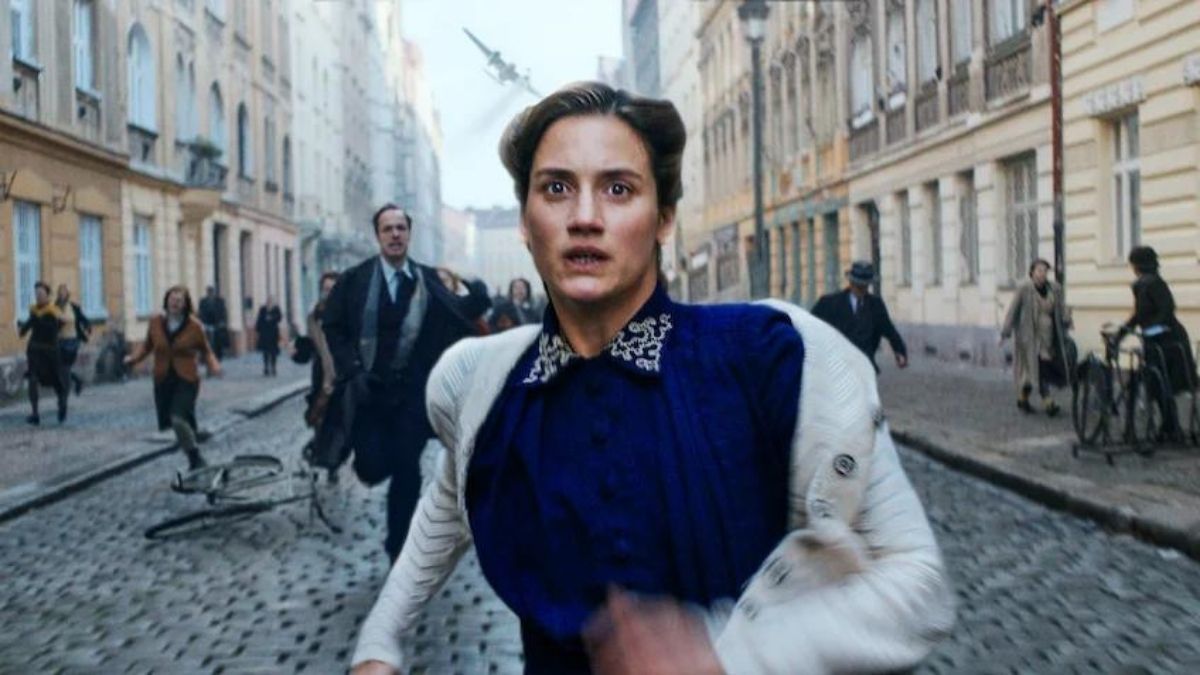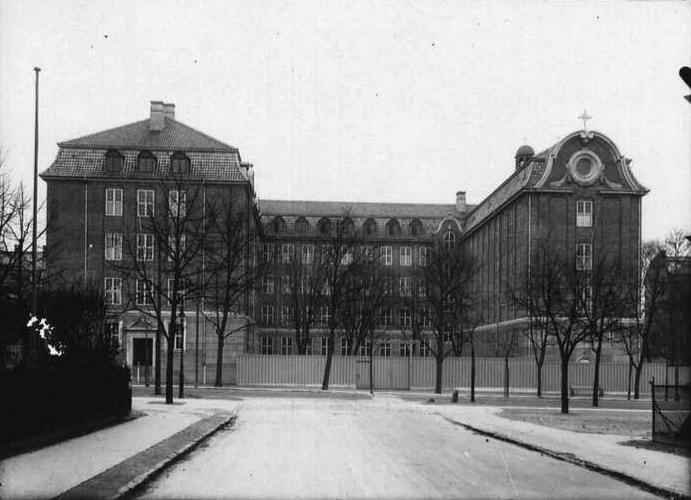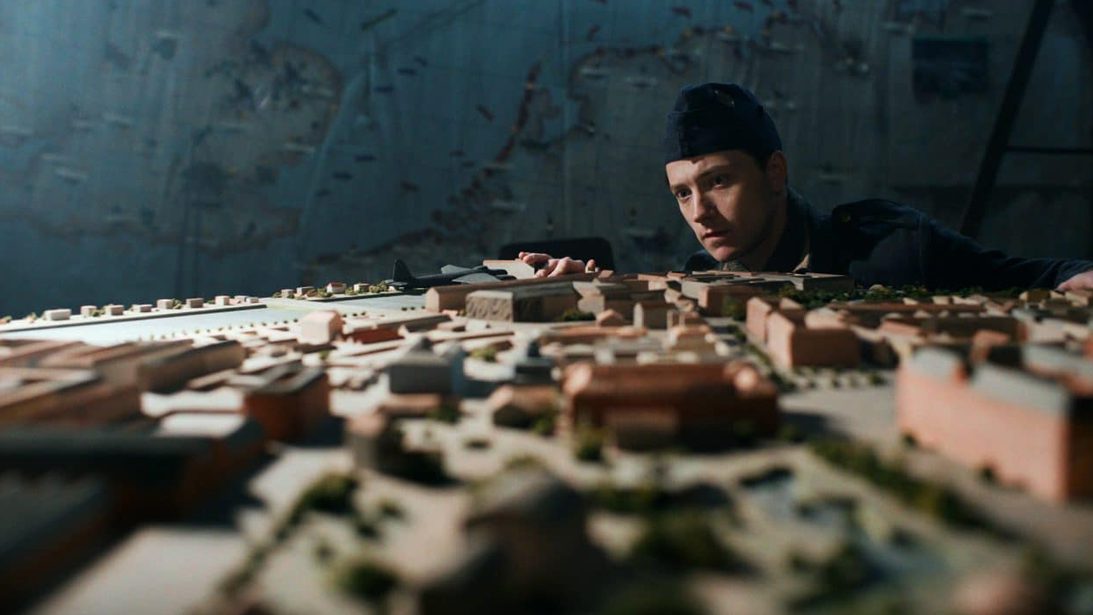Helmed by Ole Bornedal of ‘Nightwatch’ fame, Danish-original period piece war drama ‘The Bombardment’ creates a shock by depicting the visceral spectacle of destruction through children’s eyes. Tension arises from the very early moments as Henry sees three girls die before his eyes. Henry can’t speak from the shock, but his life picks up pace amidst uncertainties.
Teaming up with Rigmor and Eva, Henry goes cake-hunting. But weather changes fast in times of crisis, and an unforeseen bombardment unveils a vision of apocalypse in a catholic church and school. From Alex Hogh Andersen to Susse Wold, many familiar faces from the Danish film industry take up roles in the enervating drama. You would indeed wonder how much of the story has a basis in history. If the thought has crossed your mind, let us probe deeper.
Is The Bombardment a True Story?
Yes, ‘The Bombardment’ is based on a true story. Netflix has seen an influx of war movies of late, with the popular streaming platform adding titles like ‘The Forgotten Battle‘ and the critically acclaimed ‘Eye In The Sky‘ in its ever-expanding collection of movie titles. Ole Bornedal directed the movie from his own script, which he based on a lesser-known chapter in the history of World War II. The film, consequentially, reads like an impactful blip in the history of humanity. It tackles complex themes like the existence of God and the follies of man.

The story unfolds in Copenhagen, beginning in 1945, when the war was still all the rage in Europe. Compared to cities like Berlin and Rome, Copenhagen faced a little less heat in times of war. Germans took hold of the city with little trouble. In April 1940, German bombers dropped leaflets from the sky, named ‘OPROP!’ The Danish military understood that their forces were feeble in front of the Third Reich and surrendered to the Nazi soldiers. The Germans had bombs in reserve, should the need arise, but they captured the city with little destruction. They made Copenhagen an operation center, establishing the Gestapo headquarters in Aarhus (locally nicknamed “the Shell House”).
The war was escalating, and Nazi Germany threatened the existence of the entire continent and its diverse cultures. With the tension reaching a boiling point, Ole Lippmann and other members of the Danish resistance covertly communicated with the Brits, who sent 20 Royal Air Force Mosquitoes to decimate the Gestapo headquarters. Meanwhile, the Germans captured people from the Danish resistance. They kept the resistance members under the roof of the building as human shields. The Royal Air Force, whose main plan was to destroy the Gestapo archives that concealed sensitive information about the resistance, strategized to strike sideways.
On March 21, 1945, the RAF initiated the attack, with the codename “Operation Carthage.” However, unfortunately enough, one of the fighter jets from the first wave accidentally struck a lamppost, crash-landing at a garage near a catholic school. Two of the jets from the second wave misread the fire from the crash as their target, dropping bombs on the catholic school Institut Jeanne d’Arc. Also familiar as Den Franske Skole, the school was established in 1924 by the Sisters of St. Joseph, while Danish architect Christian Mandrup-Poulsen designed the architecture. Before this school, they had also constructed the Institut Sankt Joseph in the Osterbro district of the city.

The visceral bombing incident ended up killing a vast number of people, almost all of them civilians, and mostly children. There were no bombardment alerts. Thus, the deceased could not even get a chance to reach the safety of the underground bunker. The death toll amounted to 86 children and 16 adults, while 67 children and 35 adults were heavily injured. The incident caused ripple waves through the city. The locals took to the streets to aid in the rescue process.
Children like Rigmor and Jenny were among them, and so were nuns like Teresa. In the aftermath of the bombing, the remaining buildings were demolished, and the surviving students were transferred to Institut Sankt Joseph. The site today houses six apartment buildings. In 1953, the government commissioned sculptor Max Anderson to create a monument, which still stands on the site. If we consider all the aspects, the movie largely stays true to what happened on the ground. However, some of the specific characters may be fictional.
Read More: The Bombardment Ending, Explained: Are Rigmor and Teresa Dead?


You must be logged in to post a comment.